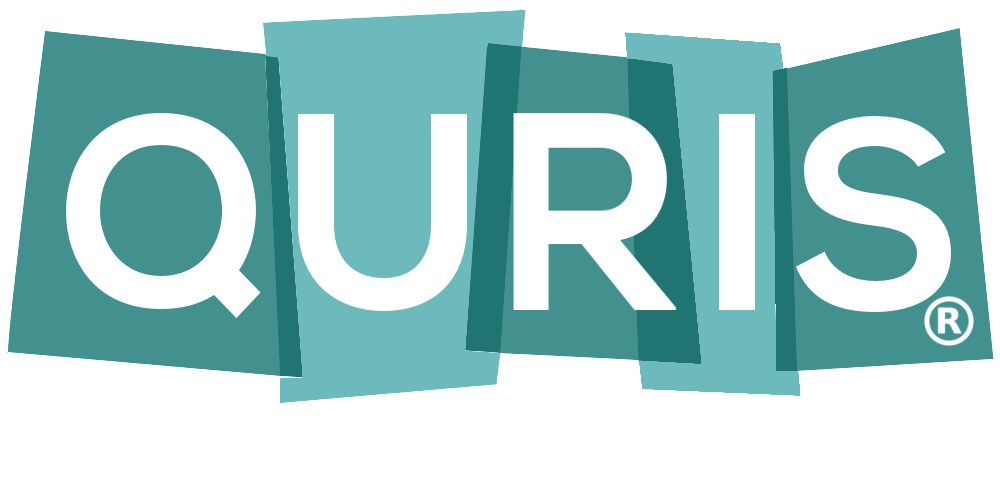Clostridium Difficile Guidelines
exp date isn't null, but text field is
GUIDELINES FOR TREATMENT OF CLOSTRIDIUM DIFFICILE COLITIS IN ADULTS
|
Clostridium difficile Assay Results |
|||
|
Antigen Result1 |
EIA Toxin Result2 |
PCR Result3 |
Interpretation |
|
Negative |
Negative |
Not necessary |
No C. difficile present. |
|
Positive |
Positive |
Not necessary |
Toxigenic C. difficile present. |
|
Positive |
Negative |
Positive |
Toxigenic C. difficile present. |
|
Negative |
Non-toxigenic C. difficile present. Treatment not required. |
||
|
Negative |
Positive |
Positive |
Toxigenic C. difficile present. |
|
Negative |
No C. difficile present. |
||
- The negative predictive value of this test for ruling-out C. difficile-associated diarrhea approaches 99%
- C. difficile toxin assay is not a test of cure, and may be positive for up to 30 days after treatment. Re-testing is not recommended
- PCR testing is automatically performed if the antigen and EIA toxin results are discordant
|
Treatment of Clostridium difficile colitis |
|||
|
For all patients:
|
|||
|
Clinical Setting |
Initial Episode1 |
First Recurrence1,2 |
Second Recurrence1,5,6 |
|
Mild - Moderate Disease (WBC ≤ 15,000 and SrCr < 1.5 times premorbid level) |
Metronidazole 500mg PO tid x 10-14 days |
Metronidazole 500mg PO tid x 10-14 days |
Vancomycin 125 mg PO qid x 10-14 days then taper7 over 4-6 weeks. Infectious Diseases consultation Consider referral to ID clinic for fecal microbiota transplantation evaluation6b |
|
Severe Disease (Age ≥ 65, WBC>15,000, absolute neutrophil count ≤ 500, Albumin ≤ 2.5, SrCr ≥ 1.5 times premorbid level, SOT/BMT < 100 days, chronic GVHD (BMT), treatment of rejection in preceding 2 months (SOT)) |
Vancomycin 125mg PO qid x 10-14 days Consider Infectious Diseases consultation |
Vancomycin 125mg PO qid x 10-14 days Consider Infectious Diseases consultation |
Vancomycin 125mg PO qid x 10- 14 days then taper7 over 4-6 weeks. Infectious Diseases consultation Consider referral to ID clinic for fecal microbiota transplantation evaluation6b |
|
Severe Disease with Complications (Hypotension or shock, ileus, megacolon, peritonitis, bowel perforation) |
Metronidazole 500mg IV3,4 every 8 hours plus vancomycin 500mg PO qid If ileus, vancomycin by enema every 8 hrs4 Surgical consultation for possible colectomy Infectious Diseases consultation |
Repeat primary therapy Surgical consultation Infectious Diseases consultation |
Repeat primary therapy then taper7 vancomycin over 4-6 weeks. Surgical consultation Infectious Diseases consultation Consider referral to ID clinic for fecal microbiota transplantatione valuation6b |
- Failure is defined as no improvement or worsening symptoms after 48-96 hours of primary therapy. If no resolution after 14 days of treatment, look for alternative explanations diagnoses, continue C. difficile treatment doses until resolution, and consider infectious diseases consultation.
- C.difficile colitis recurrence is defined as relapse within 4 weeks of finishing primary therapy.
- Parenteral administration of metronidazole has poor intraluminal penetration. Parenteral vancomycin has no significant luminal accumulation and should not be used for C. difficile treatment.
- Intracolonic vancomycin 500 mg in 1,000 mL of normal saline every 8 hours given as retention enema using the following procedure: 18-inch Foley catheter with a 30-ml balloon inserted into rectum, balloon inflated, vancomycin instilled, catheter clamped for 60 minutes, deflate and remove.
- Avoid multiple or prolonged courses of metronidazole in recurrent disease due to the risk for cumulative neurotoxicity.
- Alternative and/or adjunctive agents:
- Rifaximin, nitazoxanide, fidaxomicin (requires ID approval) and IVIG (requires approval) may be effective in specific patient populations. Consider infectious diseases consultation for appropriate alternative agents in a given patient.
- Fecal microbiota transplantation (FMT) is a highly effective option for patients with multiply-recurrent disease (van Nood NEJM 2013). Stool transplantation is performed at UM on an outpatient basis. Interested providers should refer patients to the ID clinic, with stool transplant/fecal microbiota transplant indicated in the referral.
- The role of probiotics in prevention and treatment of C. difficile colitis is unclear. Avoid the use of probiotics in immunocompromised patients (transplant recipients, unintact gut mucosa, neutropenic patients, HIV/AIDS patients, etc) and patients with severe C. difficile colitis.
- Cholestyramine binds PO vancomycin and may decrease its efficacy. Avoid concomitant use.
- Patients on tapered doses of PO vancomycin should continue to be monitored for signs and symptoms of C. difficile disease. Tapers should begin after the treatment course is completed. Example of PO vancomycin taper:
- 125mg PO BID x 7 days, THEN
- 125mg PO daily x 7 days, THEN
- 125mg PO every other day x 7 days, AND
- 125mg PO every 2-3 days x 2-8 weeks
-PLEASE SEE “EXTENDED REFERENCES” FOR CITATIONS-

